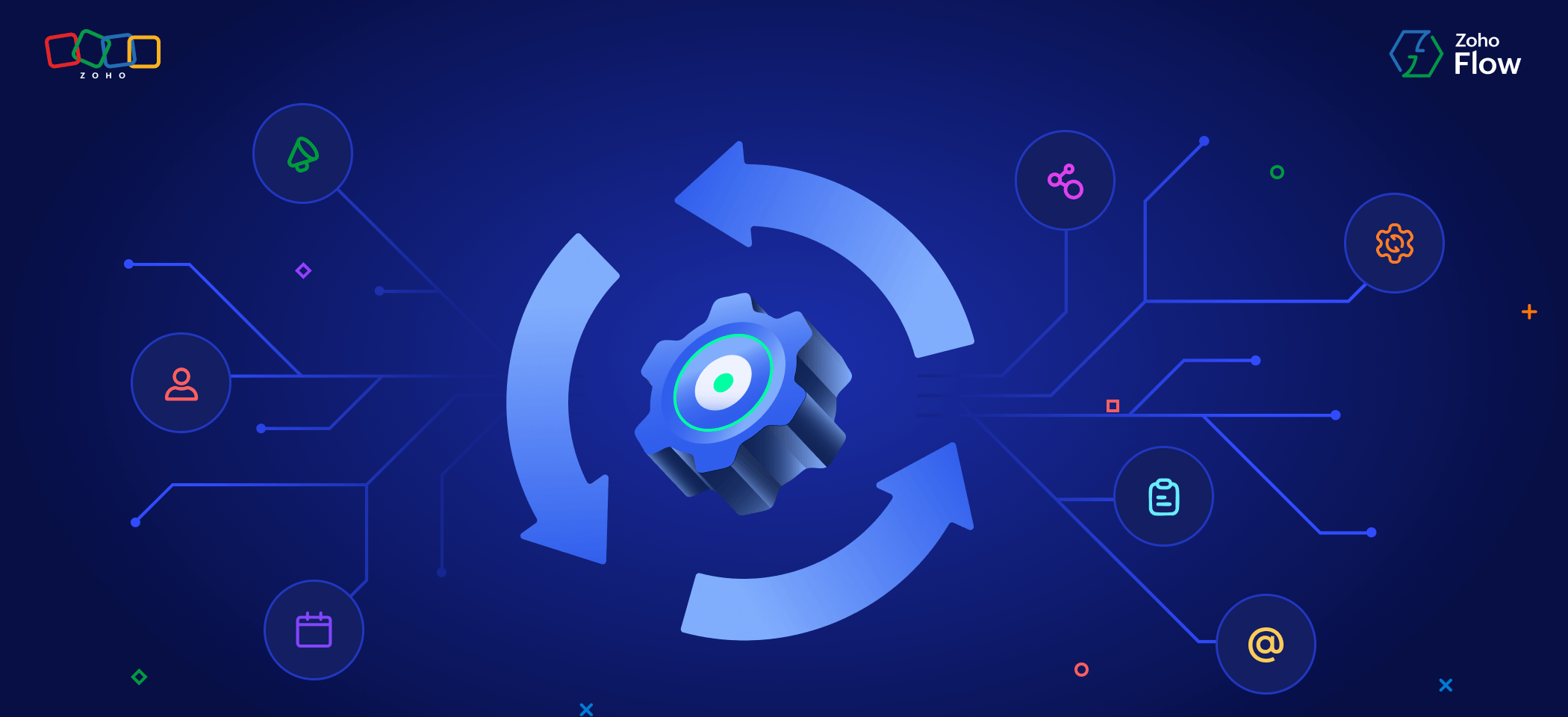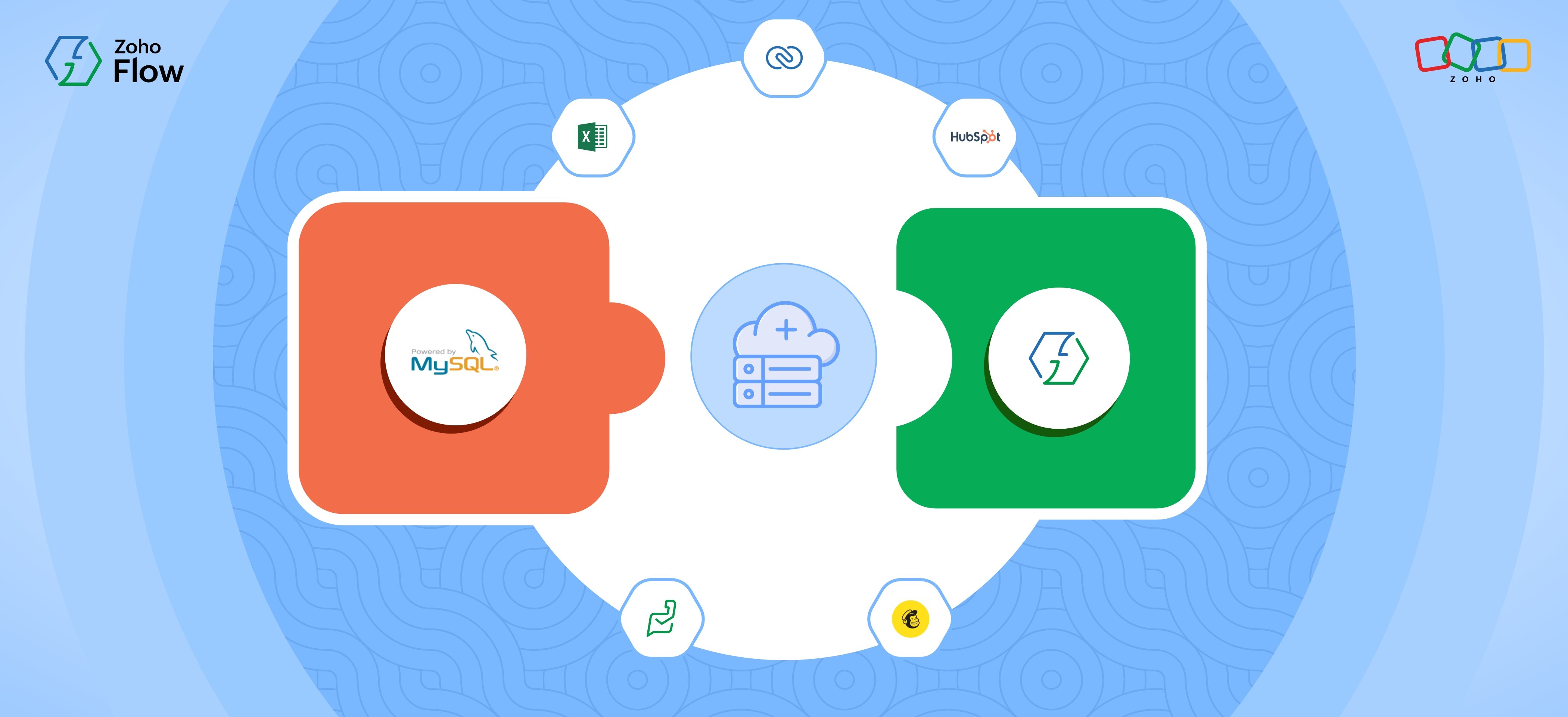How to use automation to be more personal
- Last Updated : November 11, 2023
- 3.7K Views
- 6 Min Read

When it comes to automation, we have to remind ourselves that it is not just the future. Automation is, in fact, the present—and has been for a while now.
WorkMarket’s 2020 In(Sight) Report reveals that 78% of business leaders claim automation could help them save 360 hours per year, and 90% of respondents believe automation improves work quality and efficiency. This Forbes article uses these statistics to estimate that a company can save up to $4M a year using automation.
Automation, however, is not limited to big companies. The rise of SaaS apps has made automation available at increasingly affordable prices—so the challenge for a growing business is no longer the cost, but how it’s implemented.
Large corporations tend to use automation to reach the mass market as quickly and effectively as possible. On the other hand, growing businesses make their impact by delivering unique experiences to each of their customers. Roughly speaking, you could say that big organizations use automation for standardizing while growing businesses use it for delivering personalized experiences.
The customer is always looking for personalized experiences. For instance, take this survey from Marketo shows that 78.6% of prospects are likely to engage with a promotional offer only if it takes into account how they’ve interacted with the brand previously. Or this study from Evergage where 88% of marketers report measurable improvements due to personalization, like improved conversation rates (63%), visitor engagement (57%), and overall customer experience (61%).
Now let’s address the problem at hand—automation is generally associated with getting more repetitive work done in less time. So how can you use it to provide customers with a more personalized experience?
While nothing beats having a one-on-one conversation with a customer, automation can be used to create better systems that take into account the history of customer interactions and intent, and deliver value based on context.
Here are some ways you can use automation to be more contextual and personal in your communication:
Know your customer
You can only be personal with your customers if you know them. Each one is different, but the best way to market to them is if you understand their objectives. One of the first things you should do, even before creating a marketing plan, is to build a customer profile. You might start with one ideal customer in mind, but as you collect data, you’ll better understand what prospects are interested in and that might lead to an entirely new customer profile.
Your customer data is going to be all over the place. You’re going to have registration forms and custom forms on landing pages. You want to put a lot of thought behind what you’re going to ask your prospects to fill in. If your offering depends on the size of the customer’s business, it makes sense to ask them to specify it on your forms. As your prospects fill in these forms, you’ll want to create multiple email lists based on the size of their business.
Keep in mind that you’re going to have to use two different applications for this—one for collecting data and one for campaign management. If they’re not integrated, you’re going to have to spend hours on both apps. However, if you use an automation application like Zoho Flow, you can connect the two and have multiple emails lists get populated automatically when prospects fill in your forms.
Segment customers into groups
Segmentation is a fundamental part of email marketing. While building an email list is the first step, segmenting your list into groups allows you to be even more relevant in your messaging. You can filter prospects by any of the details you’ve collected in your forms, like industry type or business size. You’ll also want to create separate landing pages and lead generation material specifically designed for that section of the audience.
For example, if your product can be used by customers in multiple industries, you’d want to have content explaining how your product will be relevant to them. So every time you get a sign-up from that specific landing page, you can deliver content that’s more relevant and valuable to them than something generic.
You can also segment customers based on how they’ve engaged with your previous campaigns. If some prospects have opened all your emails about a particular product, you know that they’re interested in that product and you can send them exclusive offers or more content regarding that product in the future.
To do this, you’ll need to set up workflows in your email marketing application. You’re going to get access to a lot of data, like how many people actually opened your email, when they opened it, and which device or browser they used. There are plenty of options to segment your prospects into the right list. With trial and error, you can keep refining your messaging for the right customers.
Don’t let your sales team miss out on valuable information
Imagine how much easier it would be for your sales team if they had access to all of the customer data you obtain from your marketing campaigns. This doesn’t happen if your CRM and campaign management apps aren’t integrated, which they often aren’t. That’s where you use an integration application like Zoho Flow to get them talking to one another. Once that’s done, you can create workflows that will pass customer-specific information to your CRM, so they can be used by Sales when conversing with leads.
You can even use the integration to select better leads. In your campaign management app, set up a workflow so prospects that open most of your emails get a higher engagement score. And you can then pass those prospects on to your CRM.
Surprise and delight
The surprise and delight strategy is one of the best ways to increase brand loyalty. This is because it requires you to be exclusive in your messaging, and you can only do this if you have relevant customer information.
Let’s say that you want to offer customers who’ve purchased more than a certain amount a gift voucher, thanking them for their business. Without automation, you’re going to spend hours going through your customer list and purchase history.
However, if you use automation, you can set up a workflow between your accounting and marketing applications, so that every time a customer makes a purchase above a certain amount, a voucher email will be automatically triggered.
You can also use a similar workflow to send vouchers to new customers after their first purchase.
Actually talk to your customer
Nothing beats talking to a customer over the phone or in person. This is because it happens in real time. That’s why it’s important to understand that automation can’t replace great customer service—but it can certainly facilitate it. An important part of your personalization strategy should be to actually talk to the customer, and automation can help set up the structure to enable that.
Let’s say you want to call a longtime customer just to see how they’re doing and if you can be of any help. This not only gives you feedback for improvement, but your customers are also going to appreciate that you care. For this, you’re going to need to know who to call and when.
This is where automation comes into play.
You’ll want to find out how many times a customer has purchased from you. If the number of purchases exceeds a certain number, you want the customer details in a spreadsheet. Once the sheet fills up with customers, you know that those are the ones you need to talk to. You can use that spreadsheet to update additional information—like the number of purchases in the last month—which will give the interaction even more context.
When it comes down to it, the central idea behind effective personalization is to leverage automation to set up structures that give you contextual data that makes personal interactions more meaningful.
If you want to know how you set up these kinds of systems for your business, write to us at support@zohoflow.com, and we’ll get back to you in no time!
 Karthick
KarthickContent Marketer for Zoho Flow. Passionate about helping businesses make better use of technology.



Comments(1)
Hi, I feel exactly the way you do. Without automation, we need to spend hours going through the customer list and purchase history. AI can make the customer experience easy and satisfactory in less time. Adopting AI tools like CSAT.AI, DigitalGenius, Salesforce Einstein can really make an impact on customer space!